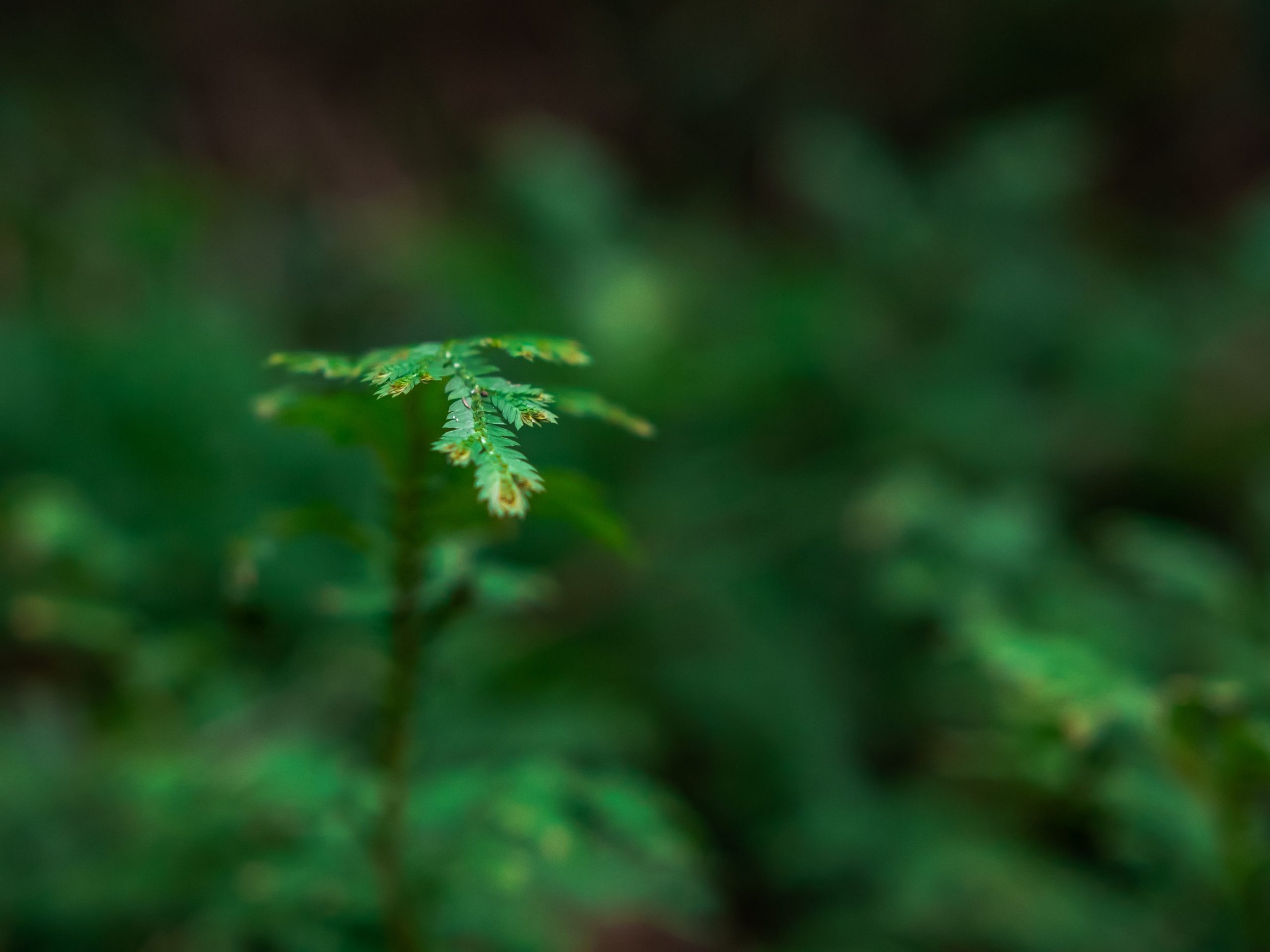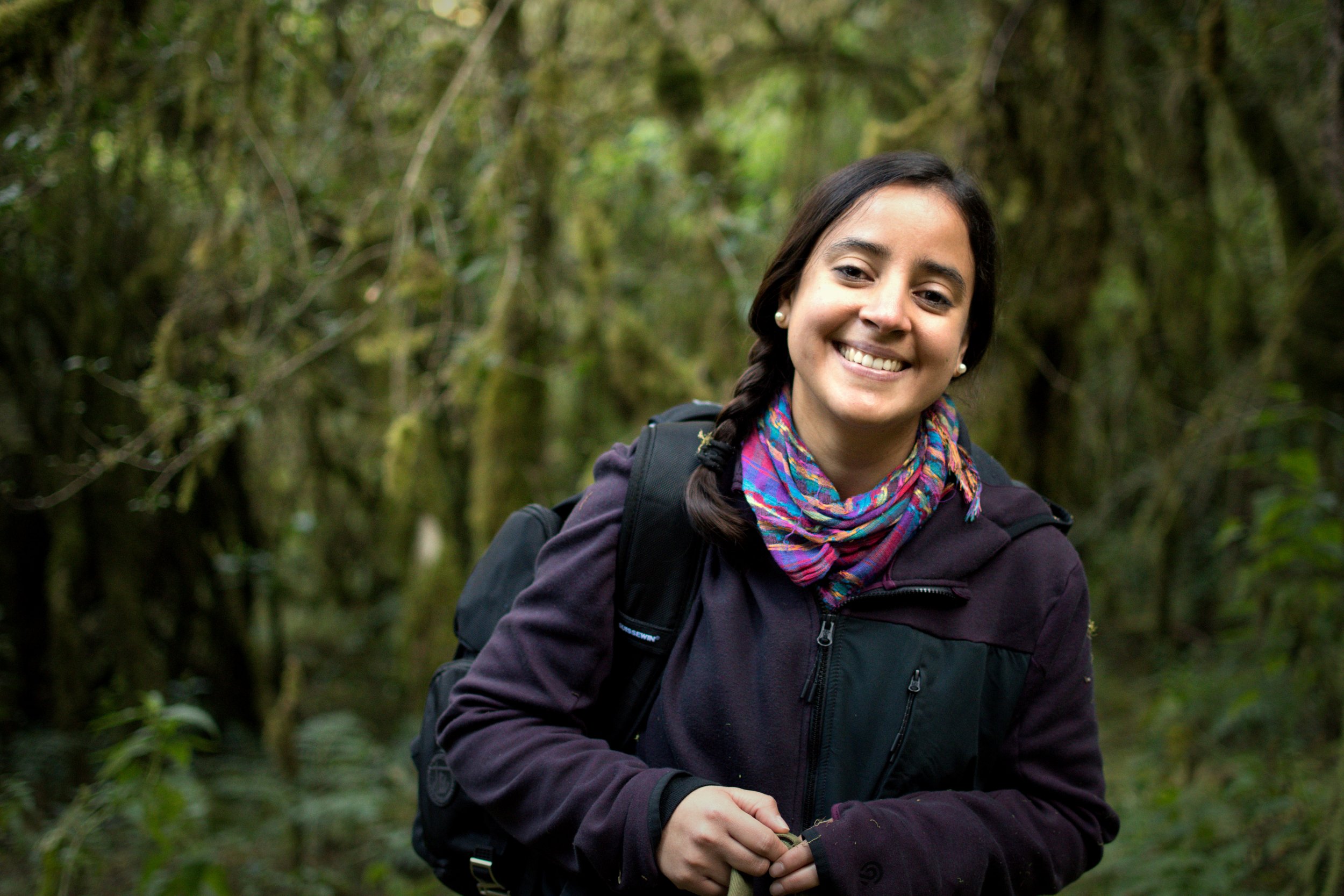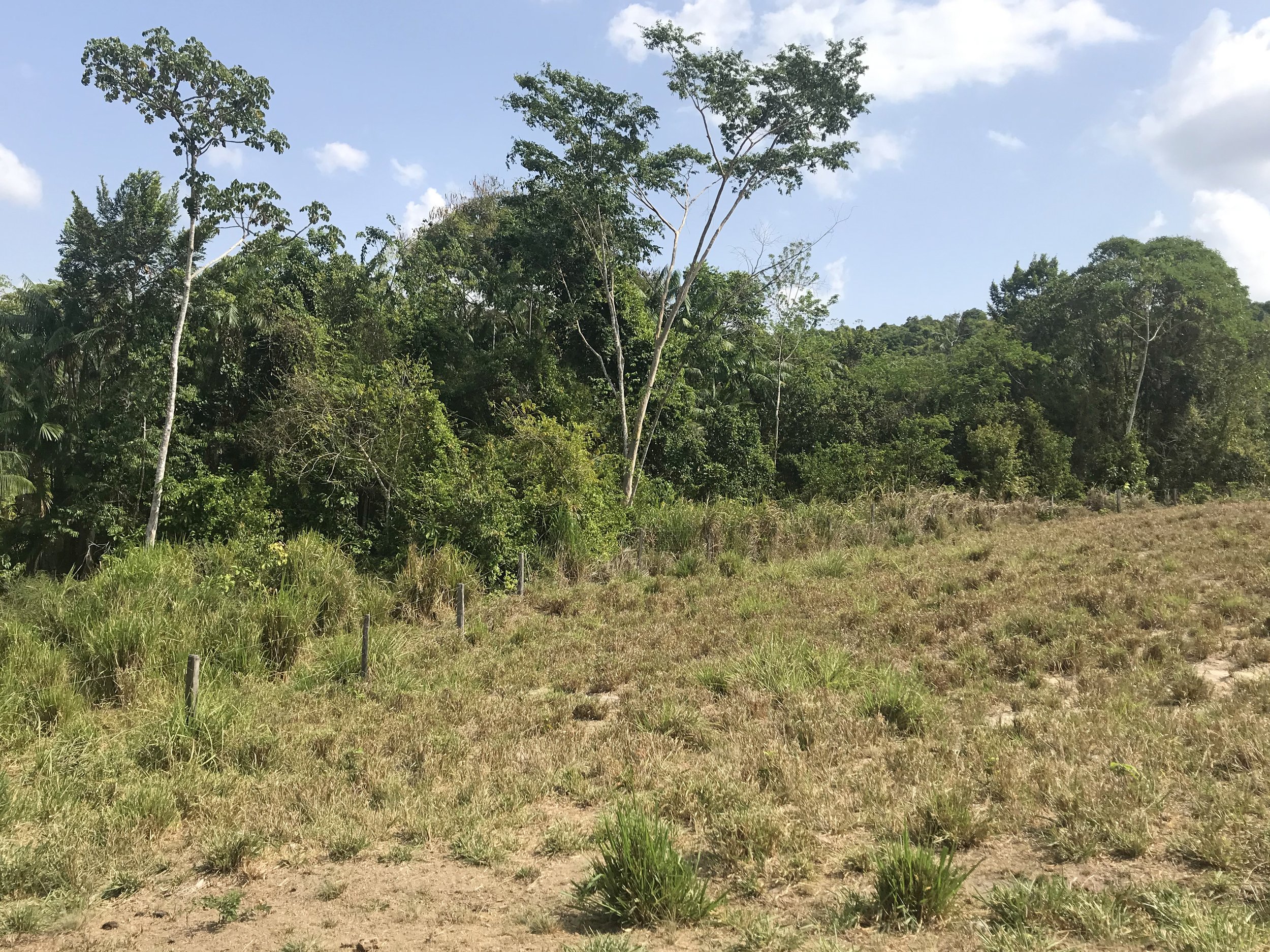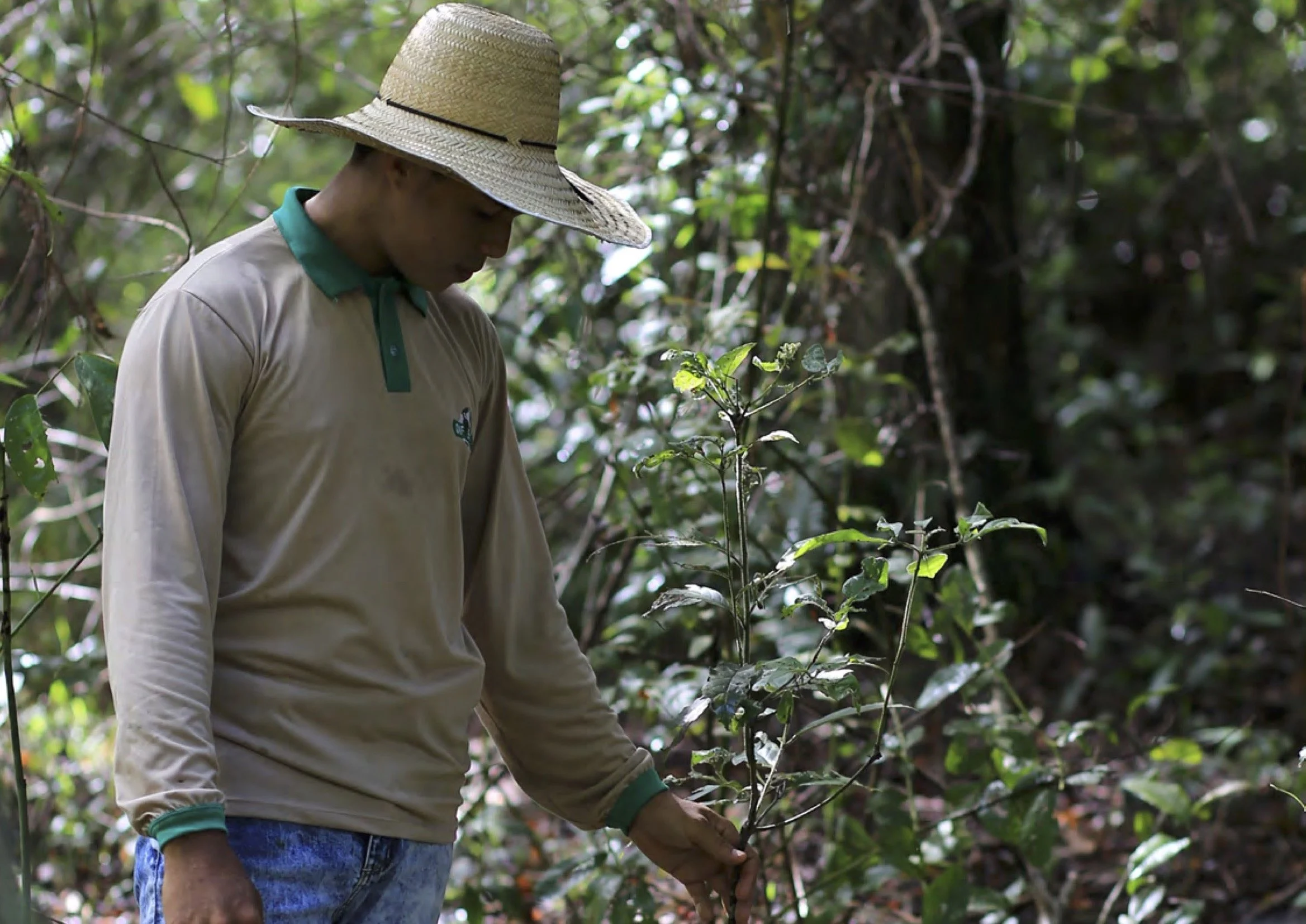
Assisted Natural Regeneration Alliance
Avanzando en el conocimiento y práctica de la Regeneración Natural Asistida a nivel global
¿Qué es la regeneración natural asistida?
La Regeneración Natural Asistida (RNA) es un amplio conjunto de prácticas que ayudan a los ecosistemas degradados a recuperarse de forma natural.
Es una combinación entre plantación activa y restauración pasiva: las personas pueden intervenir para eliminar las barreras que impiden a la tierra recuperarse por sí sola.
¿Cómo implementar la RNA? Dependiendo del contexto, algunas técnicas pueden incluir la prevención de incendios forestales, cercar sitios para evitar el pastoreo de ganado o controlar especies invasoras dañinas.
Plot measurement in Panama. Photo by Ruth Metzel
“La Regeneración Natural Asistida aprovecha el potencial natural de recuperación de los ecosistemas y paisajes”
Why is Assisted Natural Regeneration Important?
La Regeneración Natural Asistida tiene un inmenso potencial para la restauración de ecosistemas. Dado que aborda las condiciones únicas de cada sitio o paisaje, ANR es inherentemente flexible. Además, puede ser más rentable que otros métodos de restauración: los estudios muestran que la restauración de bosques con ANR cuesta menos de un tercio que la plantación de árboles.
Sin embargo, su verdadero valor requiere ser más ampliamente reconocido y aprovechado por las comunidades locales, las organizaciones no gubernamentales (ONG), las agencias gubernamentales y los tomadores de decisiones de alto nivel.
What Does Assisted Natural Regeneration Look Like?
La Regeneración Natural Asistida (ANR) es un enfoque versátil con muchos puntos de entrada en diferentes contextos ecológicos y de manejo de la tierra. Se puede aplicar a muchas soluciones basadas en la naturaleza, desde la restauración ecológica hasta la agrosilvicultura.
Las prácticas de ANR se adaptan a contextos y escalas específicas:
-
Restauración ecológica
La RNA combina elementos de regeneración natural espontánea con técnicas de restauración activa.
-
Gestión de ecosistemas
La RNA ayuda a recuperar bosques, matorrales, pasturas y pastizales degradados.
-
Escala de paisaje
A una escala de paisaje más amplia, las prácticas de RNA apoyan el establecimiento de corredores biológicos, conectividad ecológica, zonas de amortiguamiento, gestión de cuencas hidrográficas y la preservación de zonas ribereñas.
-
Manejo de bosques aprovechados
Las prácticas de RNA pueden fomentar la recuperación y enriquecer la diversidad de bosques y zonas arboladas, asegurando el uso sostenible de productos maderables y no maderables.
-
Agricultura migratoria
En paisajes impactados por la agricultura migratoria, las prácticas de RNA pueden transformar áreas en barbecho en sistemas agroforestales sostenibles o bosques secundarios gestionados.
-
Fincas y pastizales
En fincas y pastizales, las prácticas de RNA se alinean estrechamente con la agrosilvicultura y la agricultura regenerativa, a través del rejuvenecimiento de árboles y arbustos. Potencia las contribuciones de la naturaleza a las personas, mejorando servicios como el suministro de agua y la polinización.
Las intervenciones de RNA más efectivas son aquellas realizadas en colaboración informada con las comunidades locales.
The Benefits of Assisted Natural Regeneration
Assisted Natural Regeneration can also have positive impacts on people, nature, and climate:
Safeguarding livelihoods: ANR provides stable incomes for local communities through a steady supply of forest products.
Protecting native biodiversity: By making space for natural regeneration, ANR preserves the landscapes that many plants and animals call home.
Enhancing nature’s benefits: ANR helps to provide critical ecosystem services, including carbon storage, climate resilience, and water supply.
Forest regeneration in Reserva Natural do Cachoeira, Parana, Brazil. Photo: Robin Chazdon
Installing a fence to allow for natural regeneration within an area. Photo: Julio Alves
Who are we? The Assisted Natural Regeneration Alliance
-
The Assisted Natural Regeneration (ANR) Alliance is an international coalition of practitioners, researchers, decision-makers, organizations, and funders. It was created in 2022 with the support of World Resources Institute Brazil1, Instituto Centro de Vida, Imazon, NICFI and Suzano.
The ANR Alliance Strategy has four major components:
Build global and regional ANR Alliance platforms;
Communicate the opportunity and benefits of ANR practices;
Enable supportive policies, financing and incentive structures for ANR implementation both in countries across regions;
Build technical and research capacity to identify suitable conditions for ANR and monitor effective practices.
-
By 2030, the ANR Alliance hopes to see greater adoption of ANR techniques across diverse ecosystems and landsapes, supported by communities, NGOs, and governments.
-
To spread awareness and share knowledge on ANR practices in order to accelerate natural recovery across ecosystems.
To support enabling policies and incentives for effective ANR implementation.
To facilitate access to technical research and monitoring systems to enable widespread adoption of ANR practices.
-
The ANR Alliance operates through a global coordination platform and three regional coordination platforms in Latin America and the Caribbean, Asia Pacific, and Africa.
The global platform is led by two Co-directors, an Executive Secretary and a Steering Committee. Each regional platform will be led by its own regional coordinator, vice coordinator, and executive secretary.
World Resources Institute is the secretariat of the ANR Alliance, and WRI Brazil provides additional support.
Our Global Team
-

Robin Chazdon, WRI
Global Co-Director
-

Carlos Alberto de Mattos Scaramuzza, International Institute for Sustainability and Pontifical Catholic University of Rio de Janeiro
Global Co-Director
-

Danielle Celentano, ISA
Latin America-Caribbean Co-Leader
-

Joice Ferreira, EMBRAPA
Latin America-Caribbean Co-Leader
-

Rowena Soriaga, Environmental Science for Social Change
Asia Pacific Co-Leader
-

Patrick Durst, Forestry and Natural Resources Consultant
Asia Pacific Co-Leader
-

Mawa Karambiri, CIFOR-ICRAF
Africa Co-Leader
-

Djibril S. Dayamba, African Forest Forum
Africa Co-Leader
-

Natalia Ruiz-Guevara, WRI
Executive Secretary
Membership and Partners
The ANR Alliance will enlist membership from individuals and organizations that can be renewed on an annual basis. Here is some key information about enrollment:
No membership fees will be charged, but members are expected to actively participate in regional or global activities.Task Forces and working groups will be organized to facilitate thematic coordination and engagement of new working partners.An online membership application system will be live by the first quarter of 2024.Applications will be evaluated every month by Regional Coordination Platforms. Individuals and organizations will have separate application processes.
ANR demonstration plot in Zambia
Where is Assisted Natural Regeneration Happening?
People around the world have embraced ANR to restore their landscapes. WRI Brasil, Instituto Centro de Vida, Imazon, and Suzano have compiled the leading examples within Brazil and across the globe.
-

Açucena and Rio Preto Farms
Working with two large farms in Northern Brazil, Imazon is protecting the Amazon Rainforest by keeping cattle out of nearly 1,700 ha of naturally regenerating land.
-

Neblinas Park
Pulp and paper giant Suzano is transforming a eucalyptus plantation into a living laboratory for ANR across 7,000 ha in Southern Brazil.
-

Sesc Serra Azul Park
Sesc Pantanal is using cattle in Western Brazil are munching seedling-smothering exotic grasses, bringing vegetation and native grasses back to 5,000 ha of Brazil’s Cerrado savanna.
-

Monte Alto Forest Reserve
The Foundation for Monte Alto Forest Reserve and local communities in Western Costa Rica are restoring water-producing native forests, bringing back biodiversity to more than 300 ha.
-

Farmer Managed Natural Regeneration
World Vision Australia is working with farming communities in Western Kenya to return native trees to 2,200 ha of degraded pasture.
-

Anaimalai Hills
After decades of logging, the Nature Conservation Foundation is using a mix of ANR and tree planting to restore 22,000 hectares in Southern India.
Photos (clockwise from top left): IMAZON Collection, Paulo Guilherme Molin, Henrique Andrade, Robin Chazdon, Global Landscapes Forum, Nature Conservation Foundation
Further Resources
Our experts have selected the most useful and accessible resources for getting up to speed on ANR.
Engage with Us
If you are interested in receiving the latest updates from this growing global partnership, please provide your contact information using the form below.















